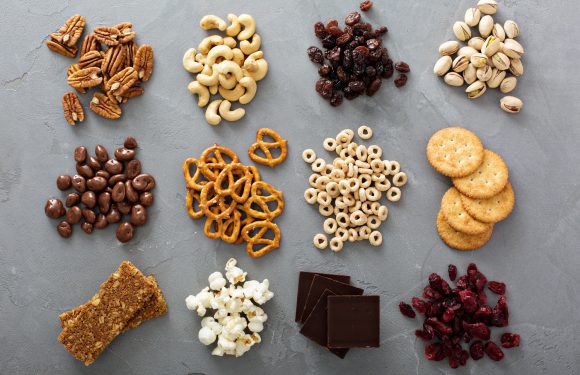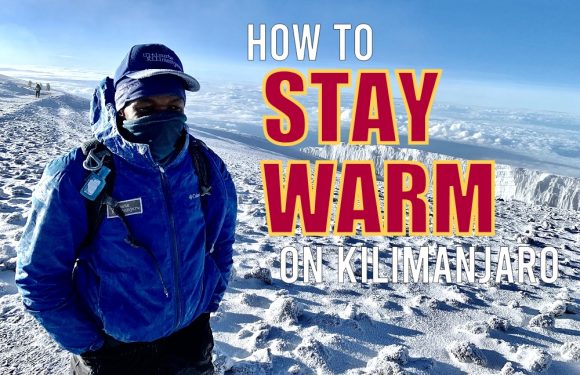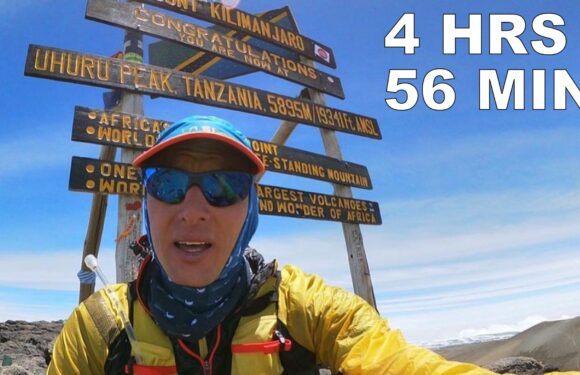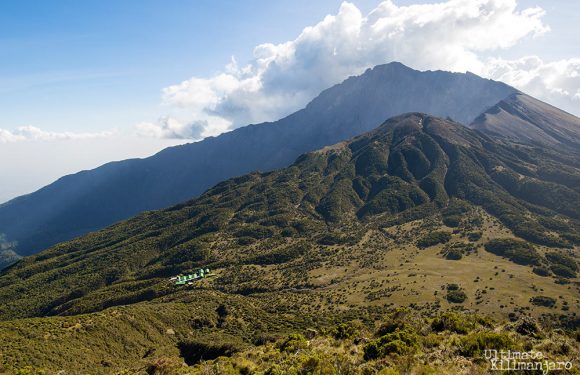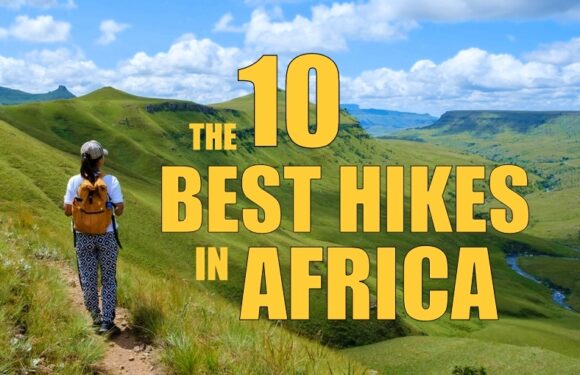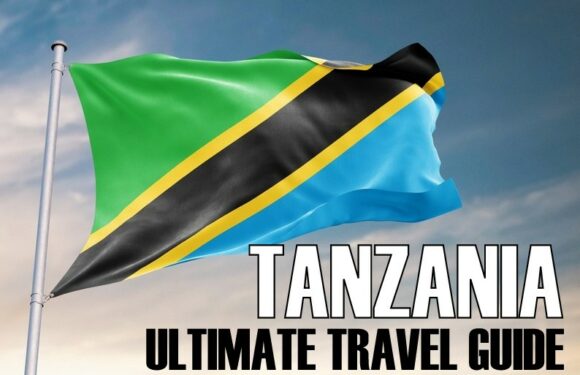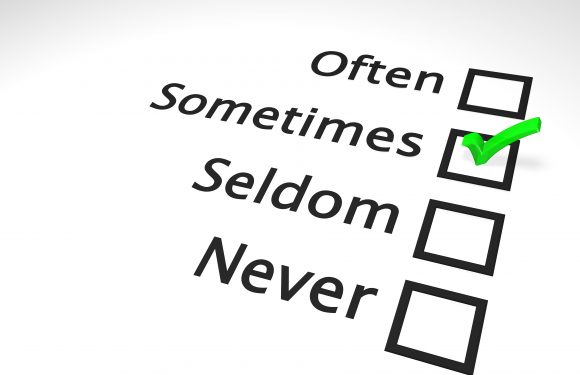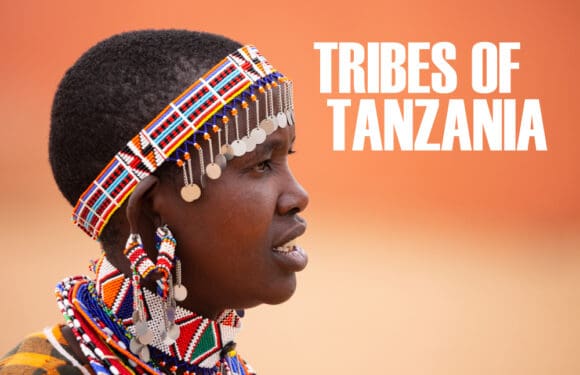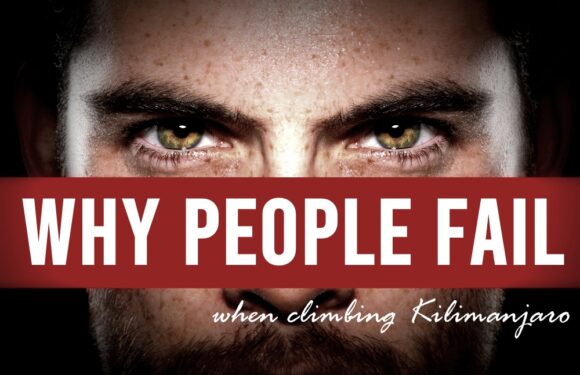So you want to climb Kilimanjaro, but don’t know a thing about it?
This guide is for you. It takes the most frequently asked questions and common misconceptions about climbing Kilimanjaro and sets the record straight.
If you’re a beginner in hiking or backpacking, don’t worry! Up to half of our clients have had little or no experience in the outdoors before booking their expeditions with us. And they performed just as well as our seasoned climbers on Kilimanjaro. The summit is definitely within your reach!
OK, let’s dive in.
How to Climb Kilimanjaro for Beginners
Where is Mount Kilimanjaro?
Mount Kilimanjaro is located in Tanzania, a country in East Africa.
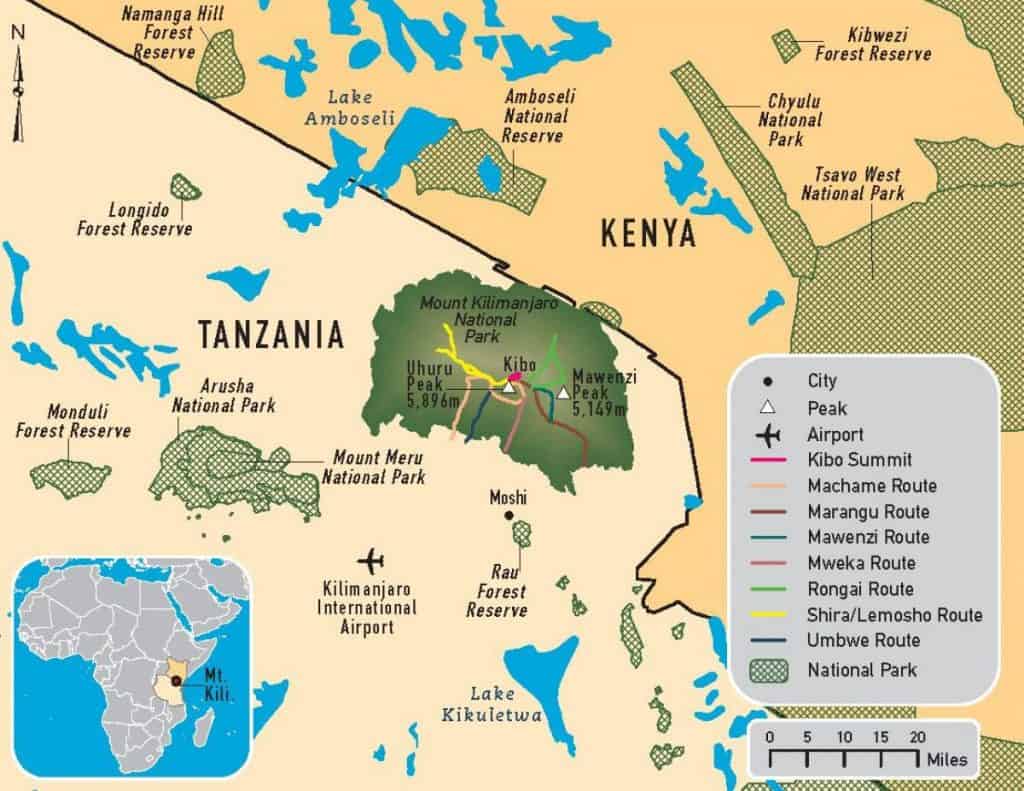
How tall is Mount Kilimanjaro?
Kilimanjaro is 19,341 feet tall. For comparison, the world’s tallest building, the Burj Khalifa in Dubai, is 2,722 feet tall. Everest Base Camp is 17,600 feet high, while its peak is 29,029 feet high.
Why is Kilimanjaro famous?
Kilimanjaro is famous due to a few reasons. First, because it is the tallest peak in Africa, making it one of the Seven Summits. Second, the mountain has a permanent though shrinking icecap which appears unusual for being in a place with such a warm year round climate. Third, in 1936 Ernest Hemingway wrote a short story entitled “The Snows of Kilimanjaro,” which was made into a film in 1952.
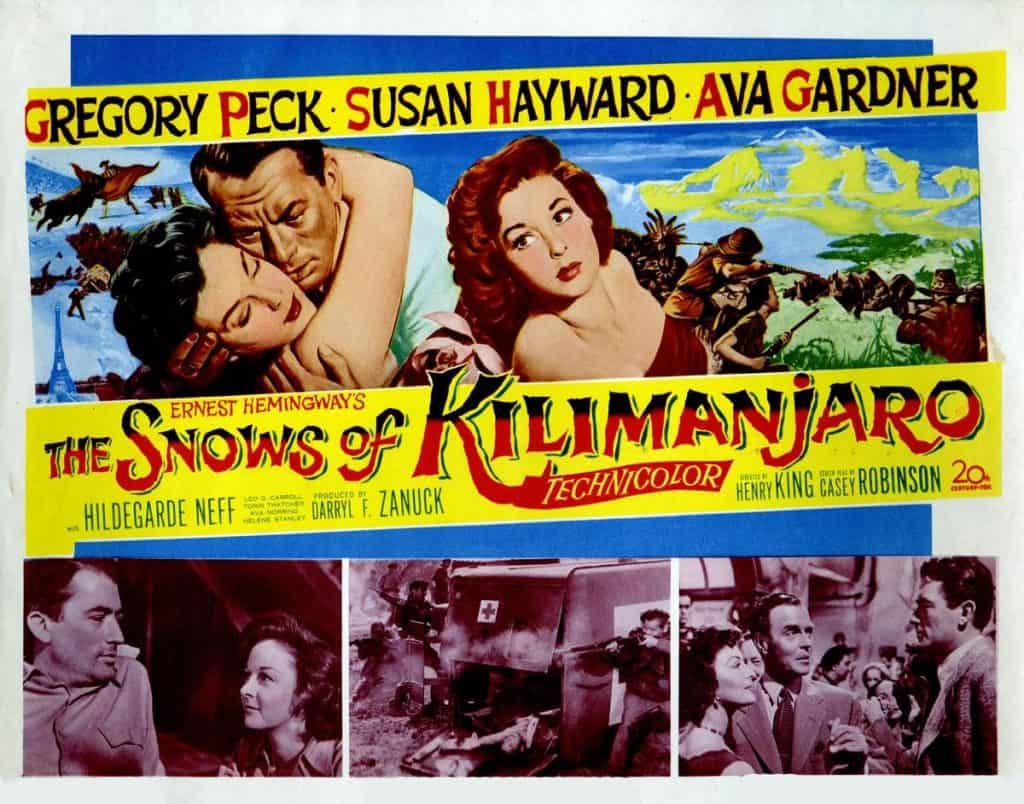
How long does it take to climb Kilimanjaro?
It varies. Kilimanjaro can be completed in as little as five days or as many as nine days depending on the selected route. Routes taking seven or more days are highly recommended.
How much hiking is done each day?
The typical day hike takes only 4-6 hours at a slow pace. The purpose for the gradual progress is to slowly gain altitude so the body can adjust to the decreasing oxygen levels. However, the final push to the summit and the descent is a very long day which takes 10-14 hours.
How difficult is it to climb Kilimanjaro?
It depends on the route. It is often reported that half of the people who attempt to climb will fail. However this can be mitigated by choosing longer routes that increase the success rate dramatically. The best routes take 8 or 9 days and have 85% to 95% success rates. Some operators encourage visitors to book the cheapest and “easiest” 5 day Marangu Route, also known as the “Tourist” route. Unfortunately, this route actually has the lowest success rate because it is too short for acclimatization for most people.
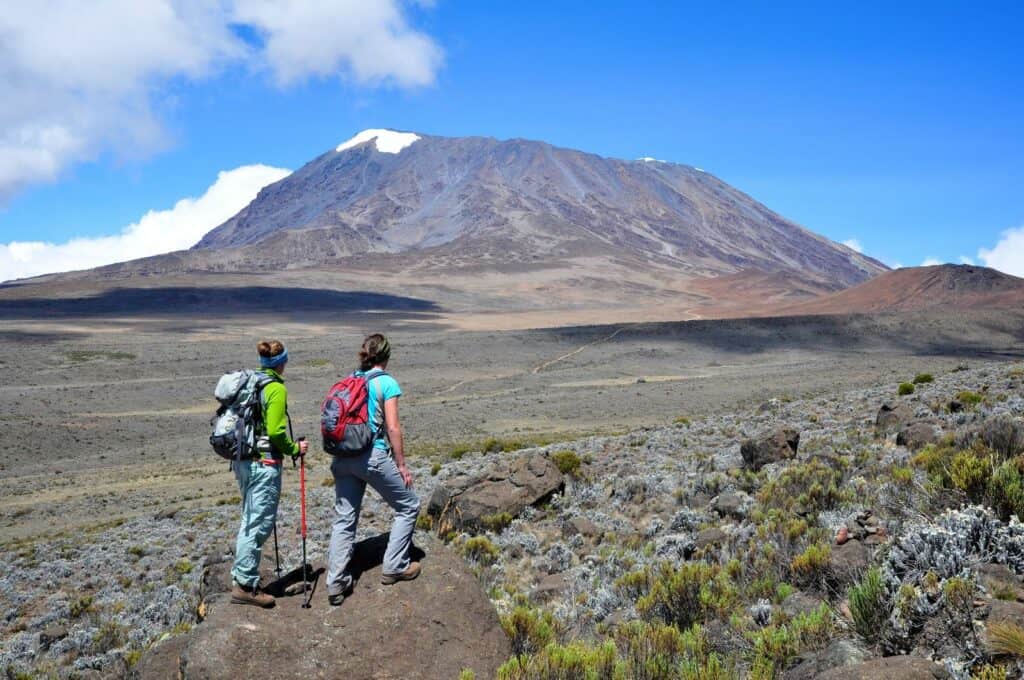
How do I prepare to climb Kilimanjaro?
In terms of physical conditioning, you should try to be in the best hiking shape. That means training for at least two months, but possibly much longer. Those who are not regular hikers need to build up their walking endurance and tolerance for being on their feet for several hours a day. The ideal way to get in shape is to do day hikes with moderate elevation gains. If trails aren’t accessible, you can train on stairs or a stair machine.
How many routes are there on Mount Kilimanjaro?
There are seven major routes used to climb Kilimanjaro. They are:
- Marangu Route (aka Coca-Cola Route or Tourist Route)
- Machame Route (aka Whiskey Route)
- Umbwe Route
- Rongai Route
- Shira Route (aka Shira Plateau Route)
- Lemosho Route
- Northern Circuit Route
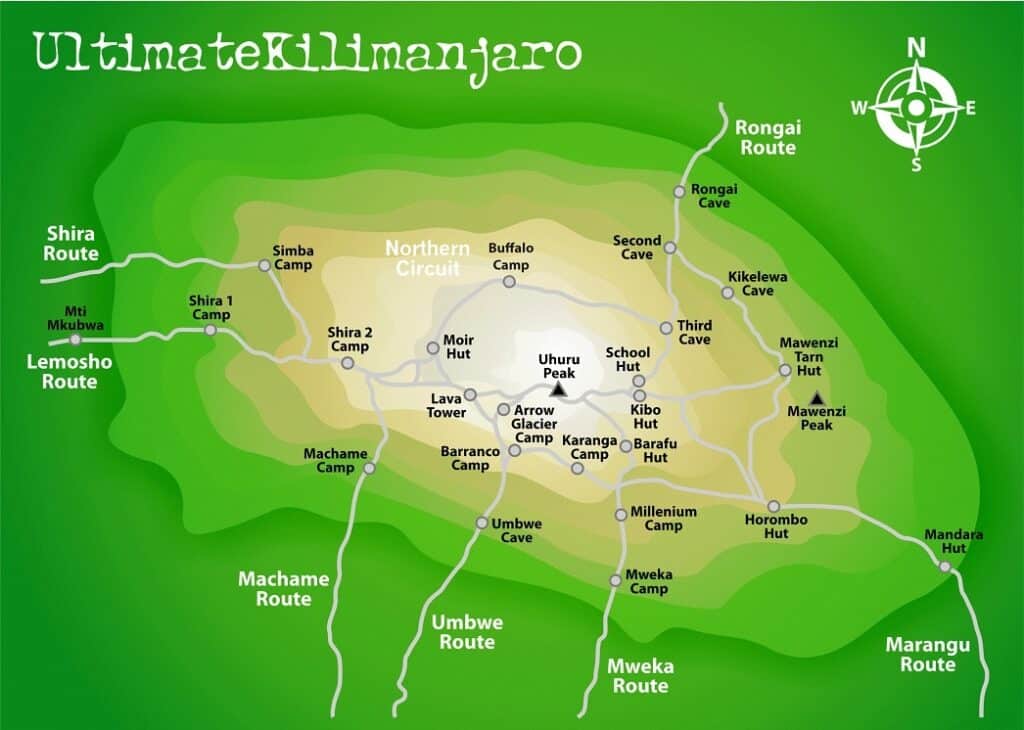
Which are the best routes?
We recommend using one of these routes to climb:
- 7 day Machame Route (aka Whiskey Route)
- 7 day Rongai Route
- 8 day Lemosho Route
- 9 day Northern Circuit Route
What makes climbing Kilimanjaro difficult?
Mostly it’s the elevation. At the peak, there is about half the oxygen in the air as there is at sea level. Operating in a low oxygen environment stresses the body. The body needs to adapt to high altitude to continue functioning or risk becoming sick. Gradual ascent is the key to decreasing the chances of altitude sickness.
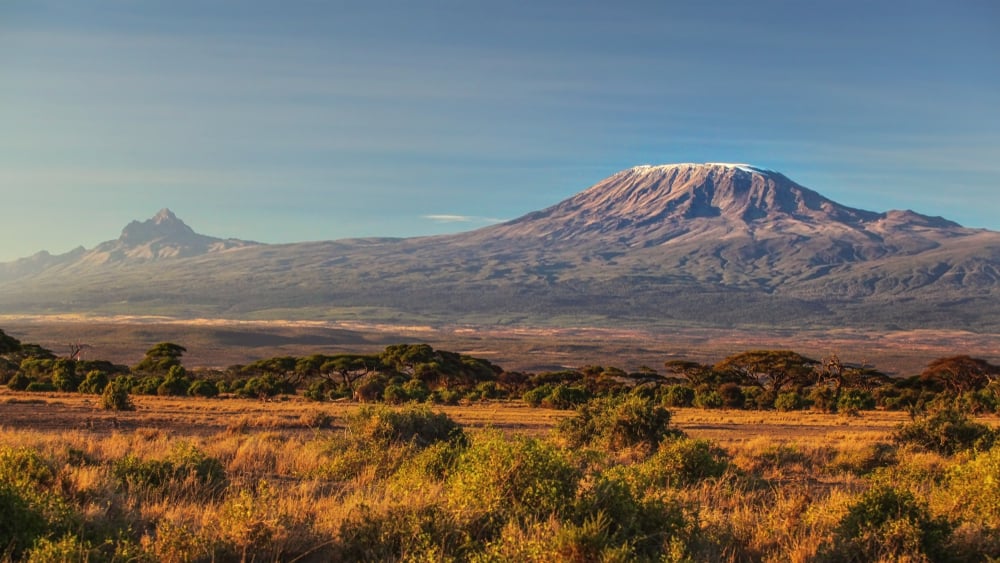
Does Kilimanjaro require technical climbing, such as rock climbing or ice climbing?
Kilimanjaro is a hiking peak. There is no technical climbing and very little exposure (risk of injury due to a fall) or steep drop offs on the trails. There are some short sections where some scrambling is required (use of hands and feet), but the vast majority of the climb only involves trekking.
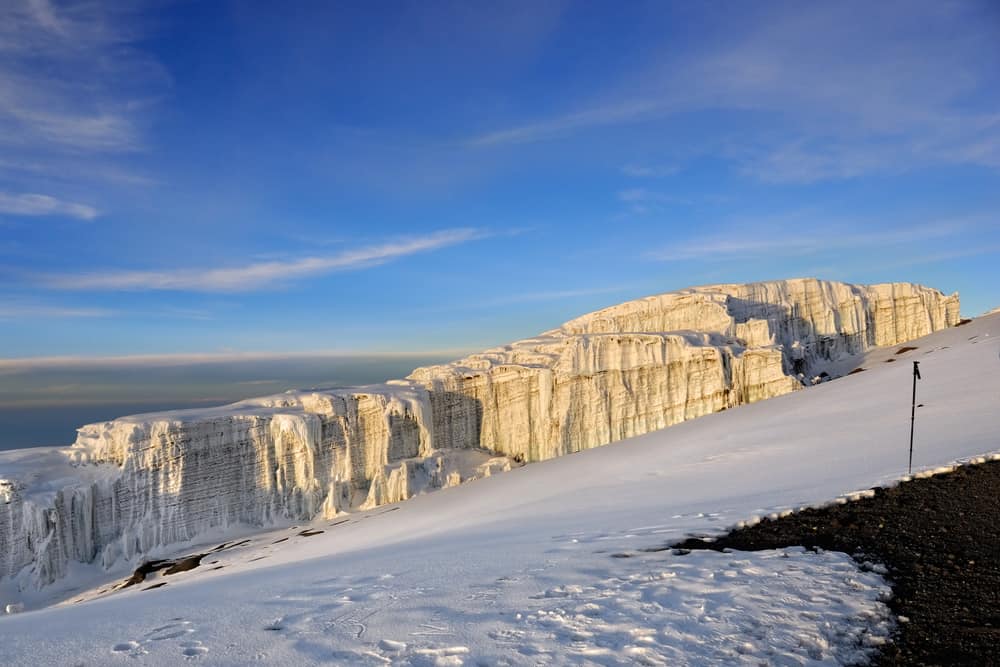
Is climbing Kilimanjaro dangerous?
Kilimanjaro is not dangerous relative to other high peaks. One study found that the overall mortality rate was 13.6 per 100,000 climbers (.0136% death rate), or one death per 7,353 climbers. Most fatalities are due to acute mountain sickness (AMS). Having good guides who have the right medical training is very important for all climbers.
How many people have died while climbing Kilimanjaro?
It is widely believed that there are about 10 deaths per year out of the approximately 30,000 to 50,000 people who climb.
Do you need a guide to climb Kilimanjaro?
Yes. It is a requirement for anyone climbing Kilimanjaro to be accompanied by a guide who is licensed by Kilimanjaro National Park. Most people who climb have a team of crew members consisting of a lead guide, assistant guide, cook and porters.
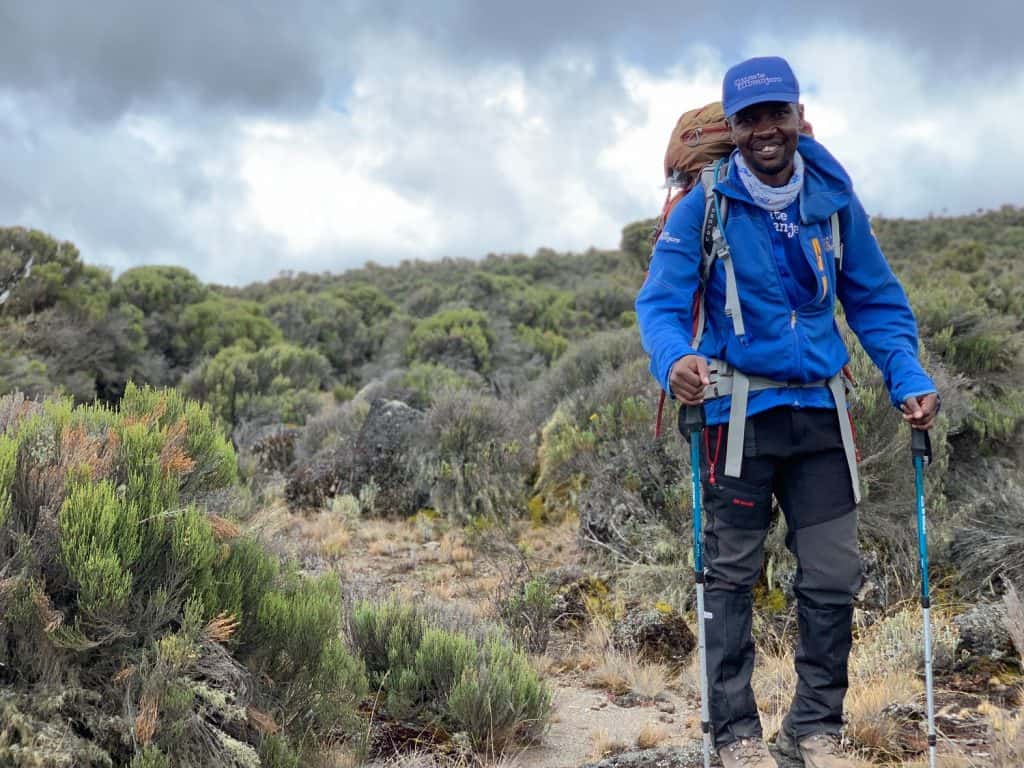
How fit do you need to be to climb Kilimanjaro?
You don’t have to be an Olympic athlete or superhuman. A reasonable degree of fitness is sufficient for most people to have a successful climb. As we mentioned before, Kilimanjaro is suitable for beginners; they do very well. The best advice is for everyone to arrive in great shape. Don’t underestimate the climb because you know someone did it who you believe was not fit. Train for the adventure.
Is there an age limit to climb Kilimanjaro?
It is generally not permissible for children younger than 10 years old to climb Kilimanjaro. Special authorization is required from Kilimanjaro National Park in order for children under the age of 10 to go above 3,100 meters (10,170 feet). Most of the routes on Kilimanjaro reach this limit by the second day.
There is no upper age restriction to climb. We have led many seniors in their 60’s and 70’s to the summit. In fact, the oldest person to climb Kilimanjaro, 89-year old Anne Lorimor, made her record breaking ascent with Ultimate Kilimanjaro®.
When is the best time to climb Kilimanjaro?
The best time to climb Kilimanjaro is during one of the two dry seasons. The region does not have four seasons given its location in Tanzania; it has wet and dry seasons. The main dry season is from July to October. The second dry season is from December to February. Both of these windows are great for climbing Kilimanjaro. Don’t come during the wet season unless you are an experienced backpacker (and even then, we don’t recommend it).
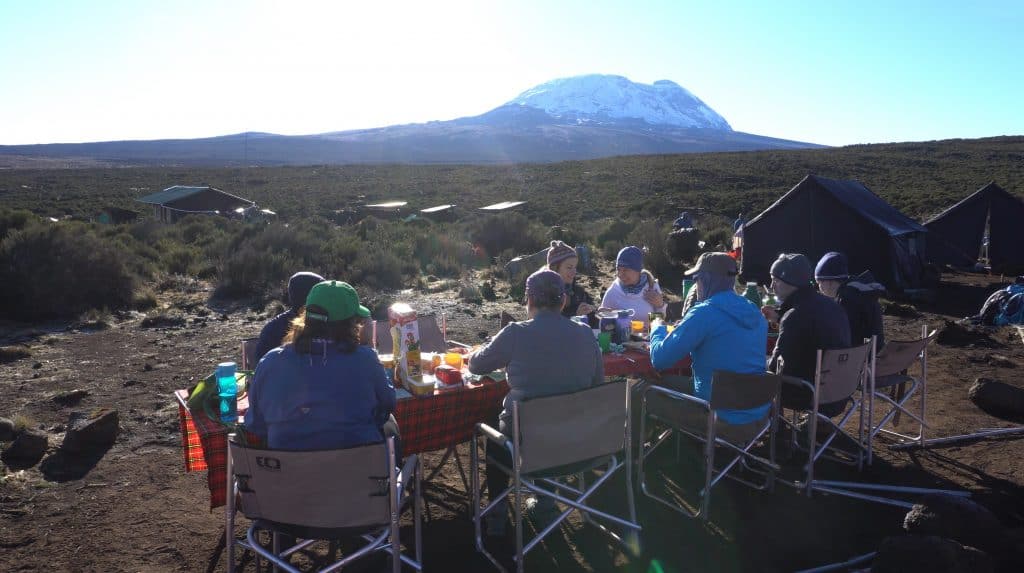
Do you sleep in a tent?
Yes. For the most part, when climbing Kilimanjaro, you are camping (there is one route that has sleeping huts). We provide foam sleeping pads and rental sleeping bags.
How cold does it get?
Some people think Kilimanjaro doesn’t get cold because it’s in hot Africa. Conversely, the top of the mountain is very cold and windy, especially at night. The coldest temperatures one would experience here usually range between 20F and -20F (-7C to -29C). The weather on Kilimanjaro is unpredictable.
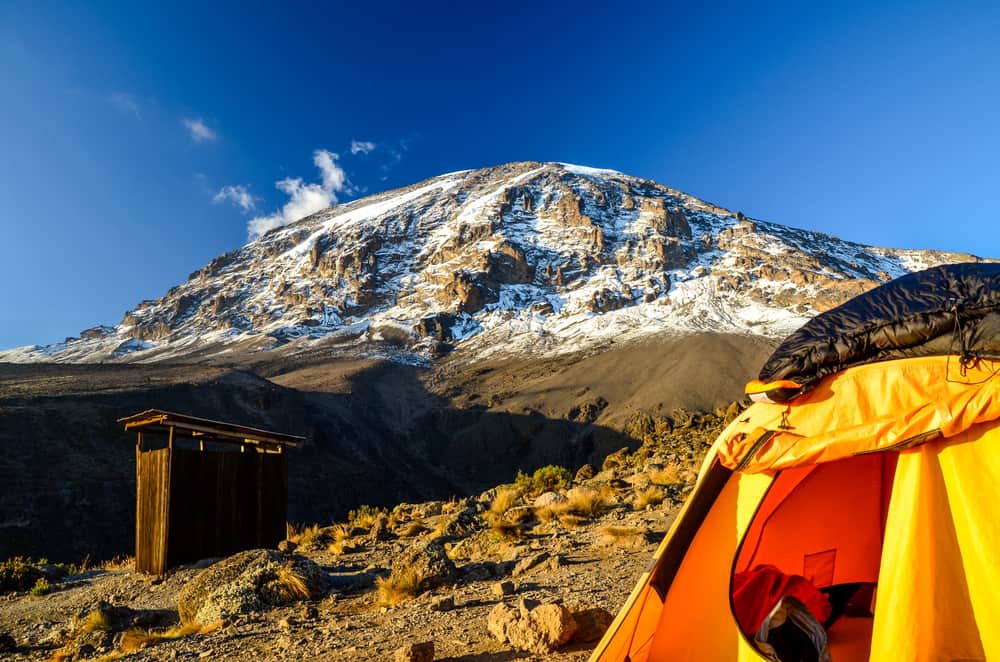
Are there camp fires on Kilimanjaro?
Campfires are not allowed on the mountain. There is simply not enough wood to support open fires. Cooks use propane stoves to prepare meals.
What do you eat when climbing Kilimanjaro?
On a fully supported Kilimanjaro expedition, the food is prepared by a mountain chef and his team. The entrees that are served typically are western style dishes that a visitor would find familiar and delicious, such as spaghetti with meat sauce, fried chicken with fries, chicken curry with rice, and beef stew with potatoes. Ultimate Kilimanjaro® clients will even get a taste of local foods such as ugali and cabbage, and sweet desserts.
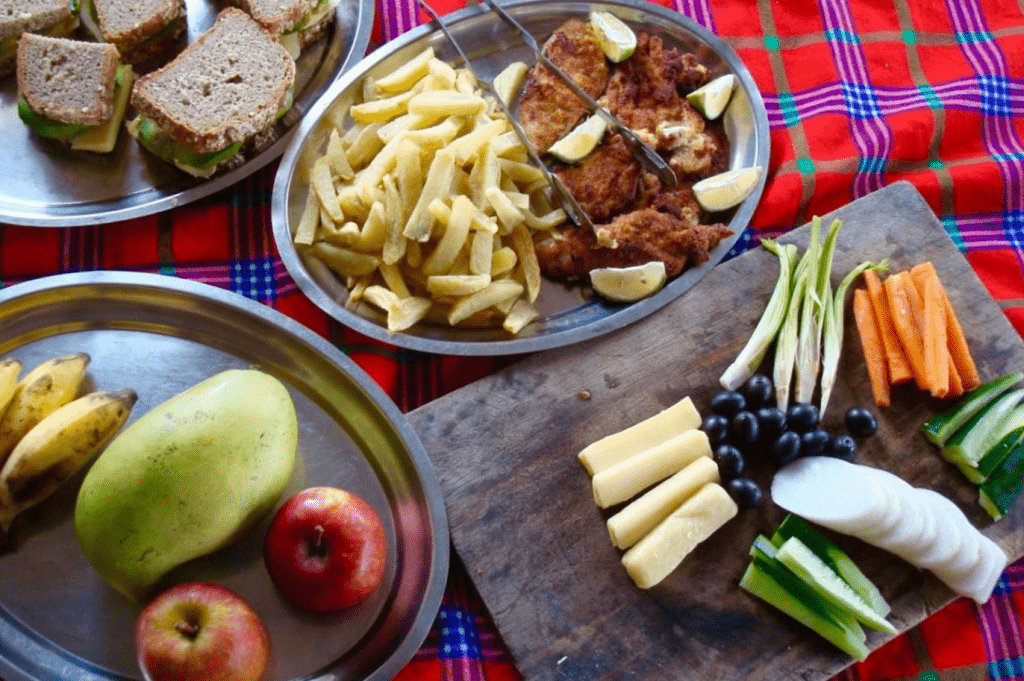
Where do you poop?
There are public toilets at each campsite, but they are filthy. We bring a private, portable toilet on every climb for our clients. The commode itself is plastic. A tent, which is shaped and sized like a phone booth, covers it for privacy. This is set up at every campsite. If you have to urinate or defecate while hiking, go behind a bush or rock.
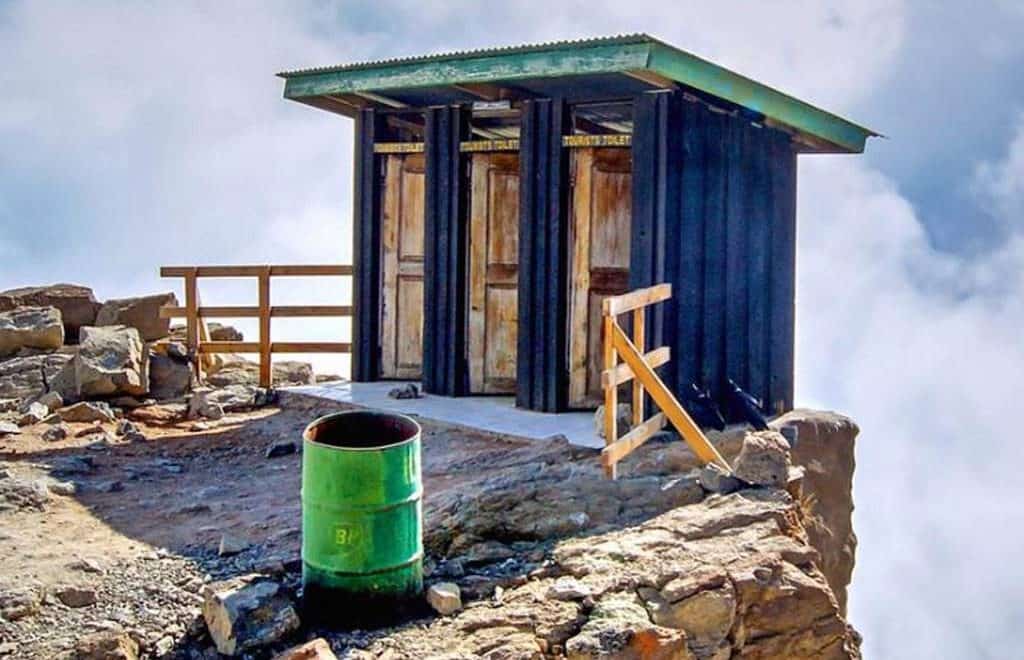
Are there showers on Kilimanjaro?
There are no showers on Kilimanjaro. If you want, bring wet wipes and towel off when you feel funky. Or you can use the water we supply to rinse off here and there. Otherwise, get over it. Sure, you might smell a little bit but so will everyone else.
How much does it cost to climb Kilimanjaro?
Climb prices in the industry are all over the board. Our most popular route, the 8 day Lemosho Route, retails for around $3,300. Park fees alone account for much of the cost, followed by staff wages. Budget companies, who offer very poor services, may run this climb for less than $2,300. Luxury companies sell this same service for up to $6,000. Don’t pick an operator because it seemed like a “good deal” or “looked good” on their website.
The best operators, like Ultimate Kilimanjaro®, have a long standing reputation for quality in their staff, equipment, food, and service. Only climb with guides who are medically trained to handle emergencies. The best companies will have consistently outstanding reviews from customers and be respected by their peers in the industry. Do your homework.
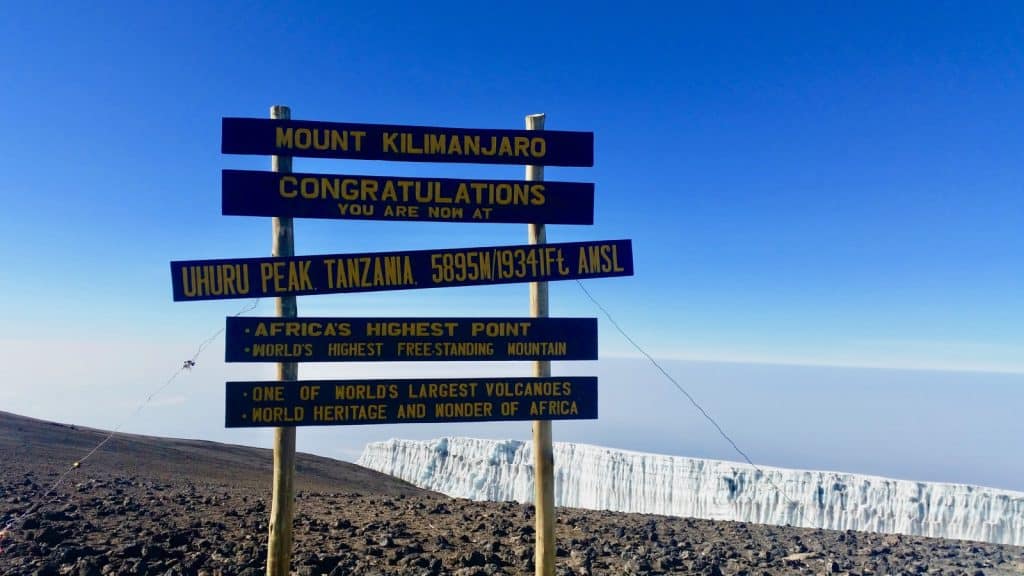
Do I need a lot of gear to climb Kilimanjaro?
Climbing Kilimanjaro does require quite a bit of gear. The climb goes through several distinct ecological zones, starting in the rainforest and peaking in the arctic zone. The clothing you take on the mountain needs to be able to keep you warm and dry through cold and wet weather conditions. You will need some technical clothing (waterproof, insulated, breathable fabrics), good footwear, and equipment (sleeping bag, day pack, duffel bag). Tents are provided. See the Ultimate Kilimanjaro® Gear List.
How do I get to Mount Kilimanjaro?
Fly into Kilimanjaro International Airport (JRO). This airport services numerous international carriers, making it accessible from various global locations. From there, you can arrange for a taxi or a shuttle service to take you to your hotel in Moshi or Arusha (we use Moshi). These towns are the primary gateways for treks to Mount Kilimanjaro. The drive is typically about an hour.
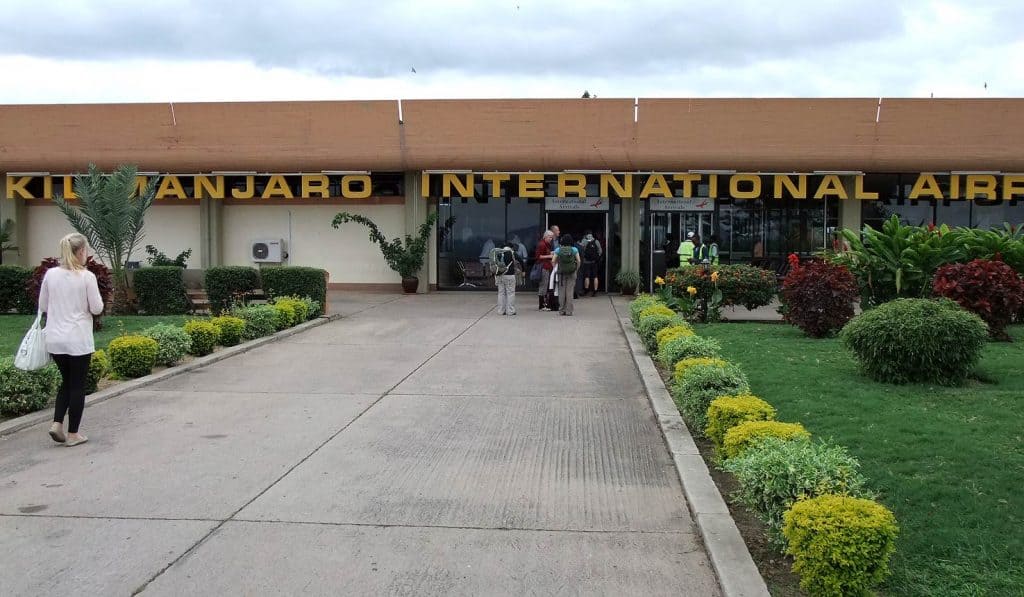
Can a beginner climb Kilimanjaro?
“Whether you think you can, or you think you can’t – you’re right.” – Henry Ford
Ford’s statement is true for Kilimanjaro. As long as you put effort into your preparation and follow our guidelines, you can definitely climb Kilimanjaro – safely and successfully. Join us on the summit! We’d love to have you. Contact us for advice and more information.
Download our Kilimanjaro Guide
Want a no obligation trip quote? Click here












































